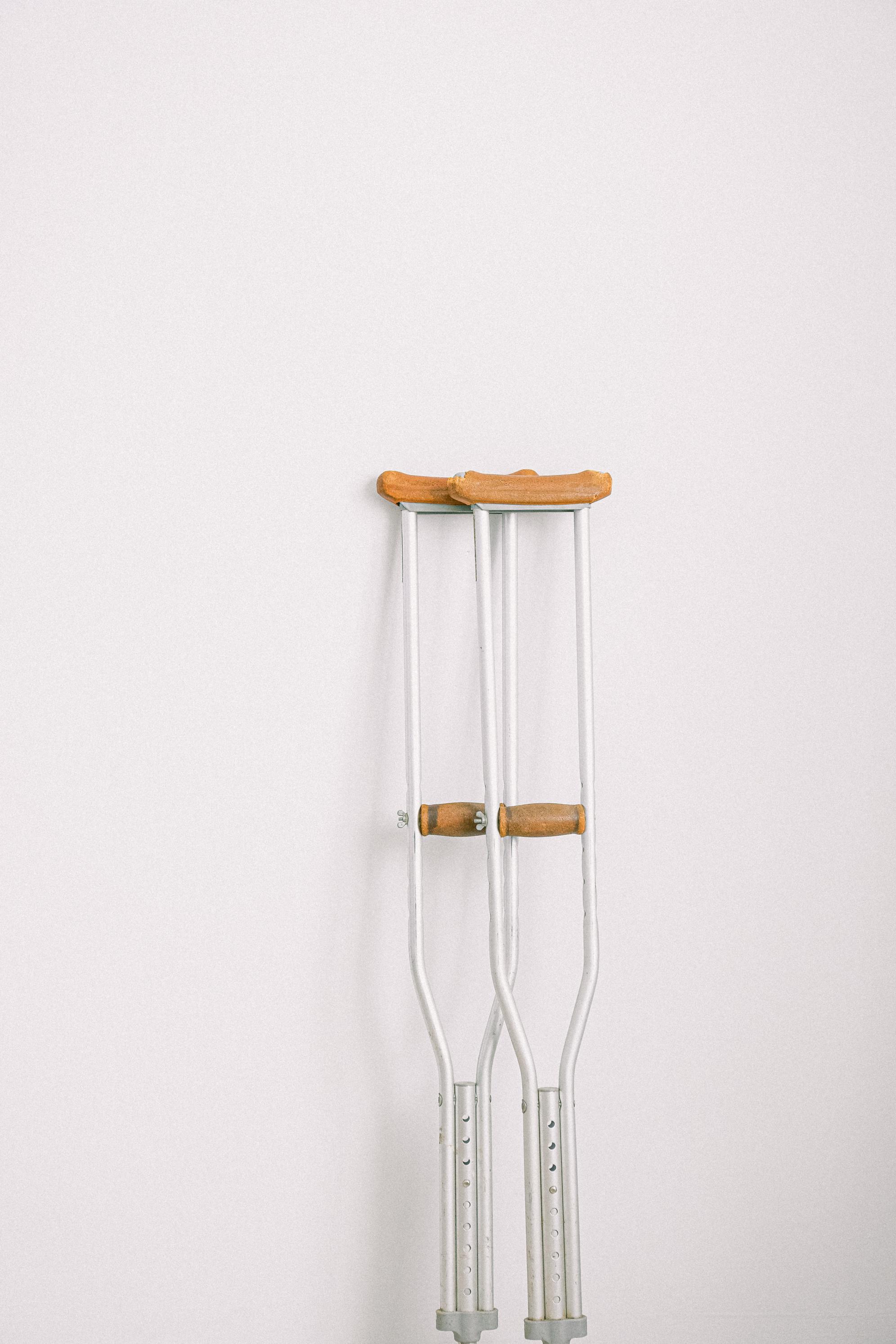Scars are a visible reminder of a trauma or injury, but are they considered deformities? This blog post will explore the various perspectives on the topic, including the physical and psychological effects of scars and the various ways to treat them.
Finally, we will discuss how to cope with the physical and emotional impact of scars.
Types of scars: acne, injury, and surgery

Scarring is a natural part of the healing process, but it can sometimes leave behind lasting reminders of an injury or surgery. But are scars really deformities, or just a part of the body’s natural healing process? The truth is that scars can vary greatly depending on the type of injury or surgery and the healing process.
Acne, injury, and surgery scars can all cause different types of scarring, some more visible than others. Acne scars are typically shallow and can be minimized with scar creams and other treatments.
Injury scars can vary depending on the severity of the injury, but can often be more severe than acne scars. Surgery scars are usually the most visible, depending on the type of surgery and the patient’s healing process. In all cases, scars can be a source of self-consciousness, but they do not necessarily have to be considered a deformity.
They are simply a reminder of the healing process and can often be minimized with treatments.
Causes of scars: genetics, hormonal changes, and environmental factors
Scars can be both disfiguring and empowering, depending on the individual’s experience. While some scars may be viewed as deformities, they are actually the result of genetics, hormonal changes, and environmental factors. Genetics plays a role in how the body responds to injury and how quickly scars form.
Genetics plays a role in how the body responds to injury and how quickly scars form. Hormonal changes, such as during puberty or pregnancy, can also affect the healing process and the way scars develop. Environmental factors, such as exposure to the sun or extreme temperatures, can also cause scars to form.
So while a scar may appear to be a deformity, it is often the product of a complex set of factors that have come together to shape the individual’s experience.
Treatments for scars: over-the-counter solutions, laser treatments, and dermal fillers
Are scars deformities? This is a common question that many people have when it comes to scars.
While some people may feel self-conscious about the appearance of their scars, they are often harmless and can be treated with over-the-counter solutions, laser treatments, and dermal fillers. Over-the-counter solutions such as creams, gels, and ointments can help to reduce the appearance of scars and make them less noticeable.
Laser treatments can help to shrink or remove the scar, while dermal fillers can help to fill in the depression caused by some types of scars. In some cases, scars can be considered deformities if they cause physical or psychological discomfort or impede daily activities.
Psychological impact of scars: low self-esteem, anxiety, and depression
Scars can have a significant psychological impact on those who have them, leading to feelings of low self-esteem, anxiety, and depression. Scars can be seen as a physical reminder of trauma, and can be a source of shame and embarrassment. But are they really deformities?
But are they really deformities? It’s important to remember that scars are not necessarily a sign of disfigurement – they can be a symbol of resilience, strength, and courage. While it is understandable that some people may feel self-conscious about their scars, it’s important to remember that they are not something to be ashamed of, but rather a reminder of the strength and courage needed to overcome a difficult situation.
How to embrace and live with scars: self-acceptance and positive coping strategies
Scars can be seen as a reminder of a painful experience, but they don’t have to be a source of shame or insecurity. In fact, scars can be a source of strength and resilience. While they may not be aesthetically pleasing, they can actually be seen as a sign of beauty and strength.
While they may not be aesthetically pleasing, they can actually be seen as a sign of beauty and strength. The question of whether scars are considered deformities or not is a difficult one. On the one hand, scars are often associated with physical or emotional trauma, and can be a reminder of a traumatic event.
On the other hand, scars can also be seen as a sign of strength and resilience, and may be worn with pride. Ultimately, it is up to each individual to decide how they want to perceive and cope with their scars. For those looking to embrace their scars, there are a few steps that can be taken to help foster self-acceptance and positive coping strategies.
For those looking to embrace their scars, there are a few steps that can be taken to help foster self-acceptance and positive coping strategies. One way is to talk through your feelings with a trusted friend or family member. Additionally, it can be beneficial to practice self-care and engage in activities that bring you joy.
Lastly, it is important to remember that you are not alone in having scars, and that many people have faced similar experiences.
Conclusion
In conclusion, scars are not necessarily considered to be deformities. Depending on the severity of the scar and the placement, it may be visible and aesthetically unpleasing, but it does not necessarily mean that it is a deformity.
Ultimately, the decision is up to the individual as to whether or not a scar is a deformity.